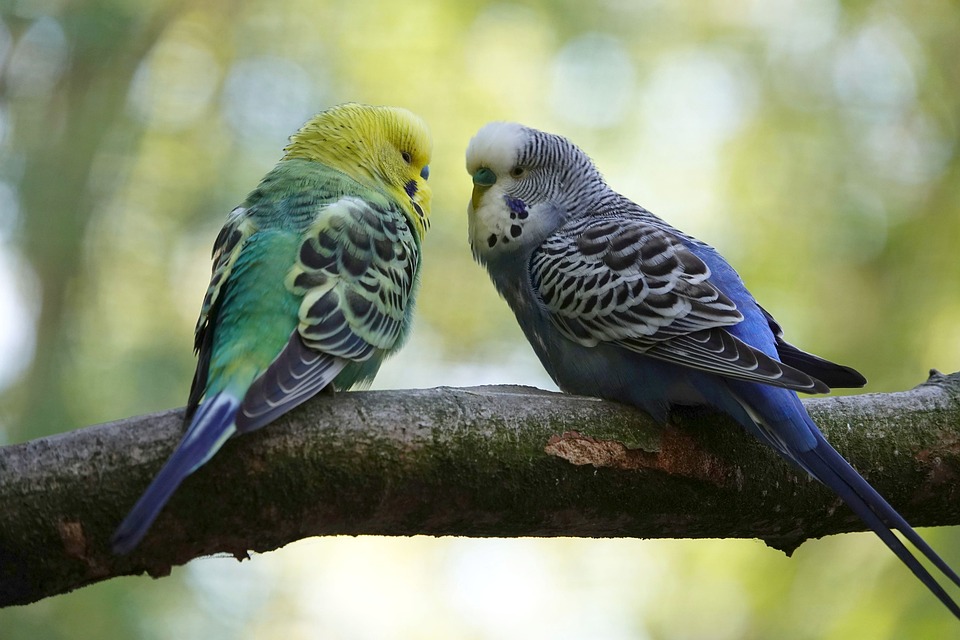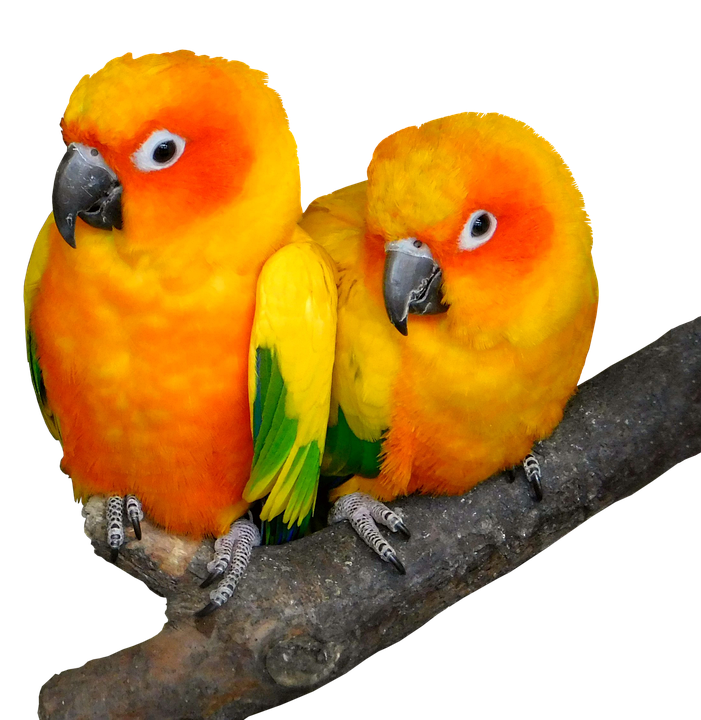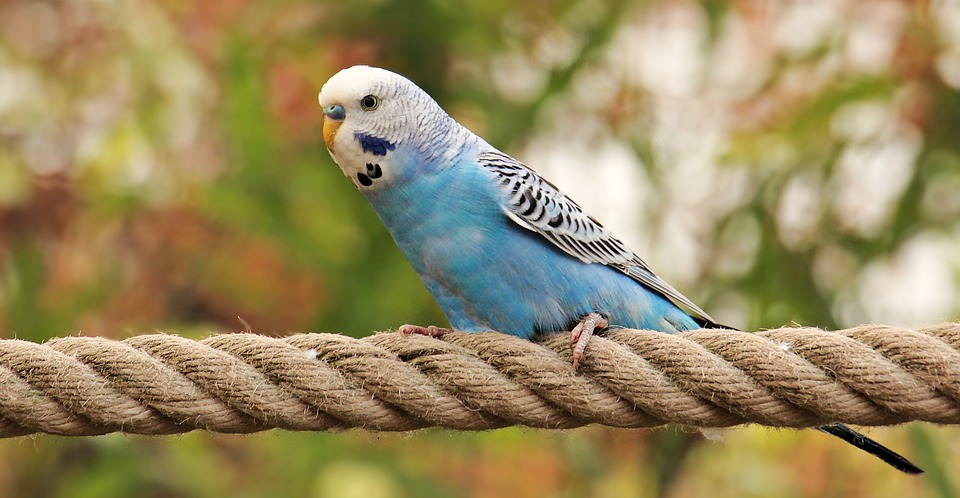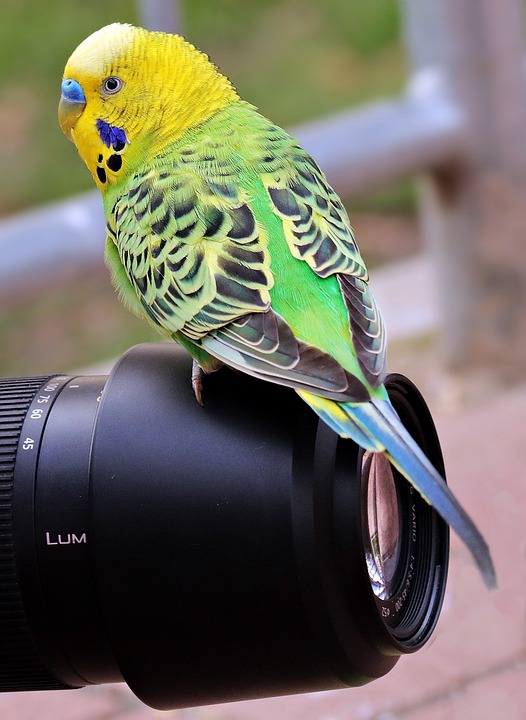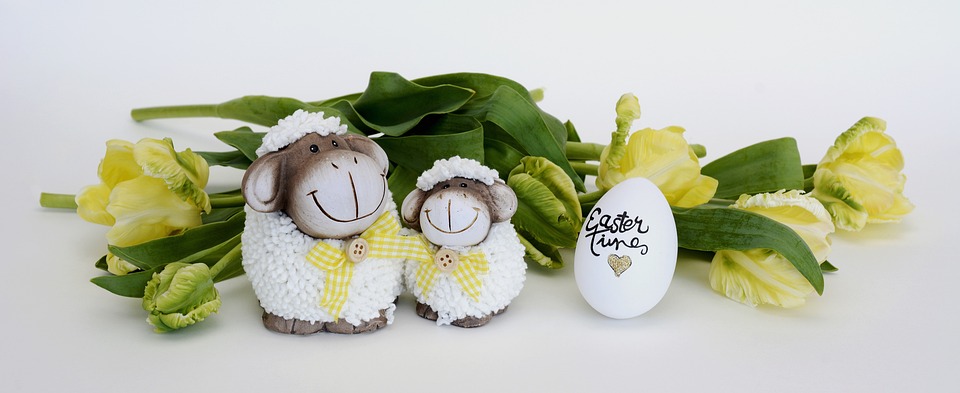Flight is a natural behavior for parrots and is crucial for their overall well-being. Encouraging flight training and agility exercises not only strengthens their muscles but also engages their minds, providing a fulfilling and enriching experience. In this article, we will explore various methods to promote flight and agility in flighted parrots, while addressing common questions along the way.
Understanding the Importance of Flight for Parrots:
Flight offers numerous physical and mental benefits for parrots. It allows them to exercise their wings and strengthen their muscles, promoting good physical health. Additionally, flying stimulates their minds, as they navigate their surroundings, problem-solve, and explore their environment. It provides a sense of freedom and fulfillment, replicating their natural instincts.
Creating a Safe Environment for Flight Training:
Before starting flight training, it is crucial to assess the indoor and outdoor space available. Clear any potential hazards, such as open windows, ceiling fans, or toxic plants. Parrots should always be under proper supervision during training sessions to ensure their safety.
Building Trust and Bonding with Your Parrot:
Trust plays a significant role in flight training. It is important to establish a strong bond with your parrot before attempting flight training. Spend quality time together, offer treats, and use positive reinforcement techniques to foster trust and cooperation. This will make the training process smoother and more successful.
Starting Flight Training: Step by Step Guide:
Introduce flight training gradually to avoid overwhelming your parrot. Begin by encouraging short flights between perches using target training. Use a stick or a clicker to guide your parrot’s flight path and reward them with treats when they successfully complete the flight. Eventually, you can introduce verbal cues to encourage takeoff and landing.
Incorporating Agility Exercises:
Agility exercises help improve coordination, flexibility, and overall physical fitness in flighted parrots. Simple exercises like flying through hoops or navigating obstacles can be introduced gradually. Use positive reinforcement and rewards to motivate your parrot during these exercises.
FAQs about Flight Training and Agility Exercises for Parrots:
1. Can flight training be successful with older parrots?
Yes, flight training can be successful with older parrots. However, it may require more patience and a gradual approach tailored to the individual bird’s abilities and limitations.
2. How do I teach my parrot to fly to me on command?
Teaching your parrot to fly to you on command requires consistent target training and positive reinforcement. Start by teaching them to fly to a target stick and gradually transition to flying to your hand.
3. How can I ensure my parrot’s safety during outdoor flight sessions?
When conducting outdoor flight sessions, ensure that the area is secure and free from potential dangers like predators or strong winds. Consider using a harness or an aviary to provide an extra layer of safety.
4. What if my parrot doesn’t seem interested in flight training?
If your parrot doesn’t seem interested in flight training, it may be helpful to consult a professional bird trainer or behaviorist. They can assess the situation and provide guidance on how to engage your parrot in the training process.
5. Are there any specific breeds of parrots that are more inclined to fly?
While all parrots have the ability to fly, certain breeds such as macaws and cockatoos are known for their strong flight capabilities. However, it is important to note that individual parrots may have varying levels of flight skills and preferences.
Conclusion:
Encouraging flight training and agility exercises for flighted parrots offers numerous benefits, both physically and mentally. By creating a safe environment, building trust, and following a step-by-step approach, you can help your parrot experience the joy and freedom of flight. Remember to be patient, use positive reinforcement, and always prioritize your parrot’s safety. Happy flying!



